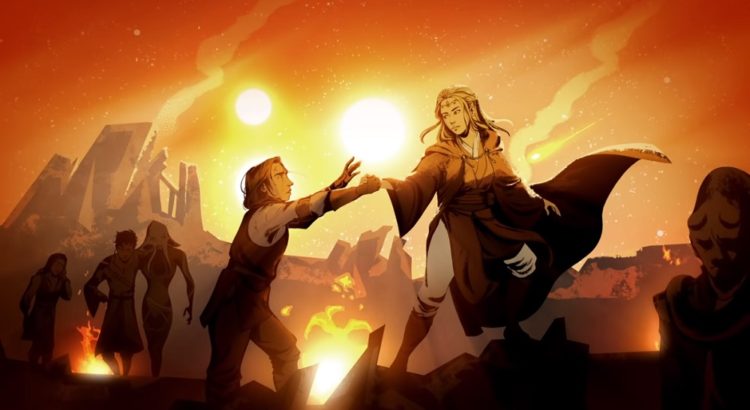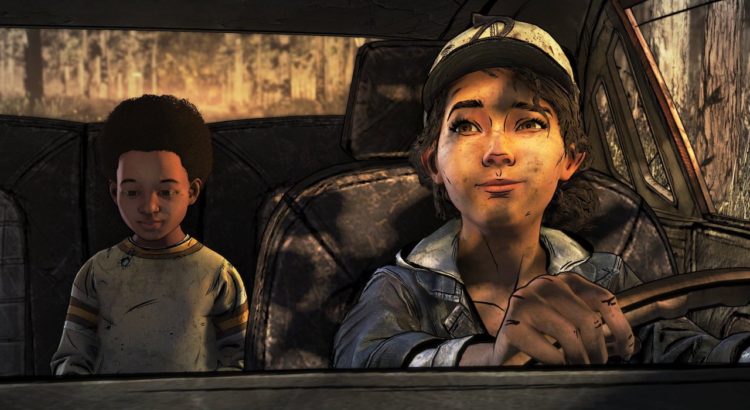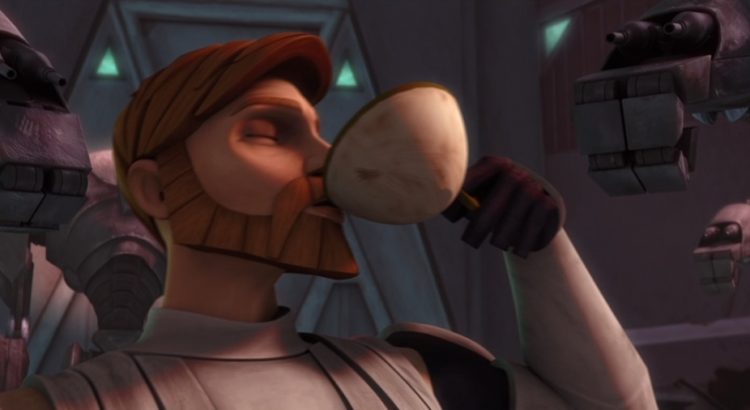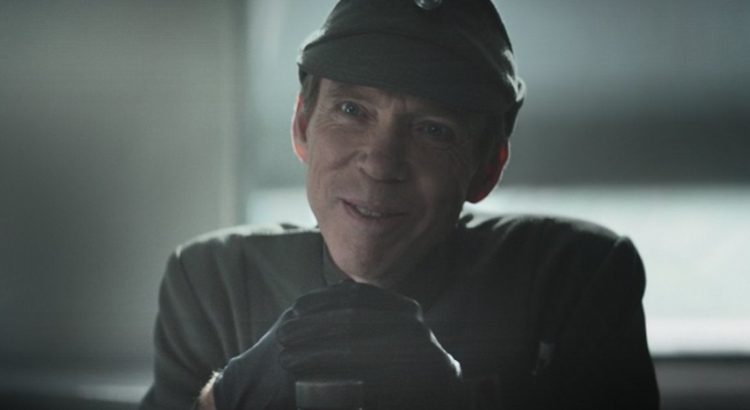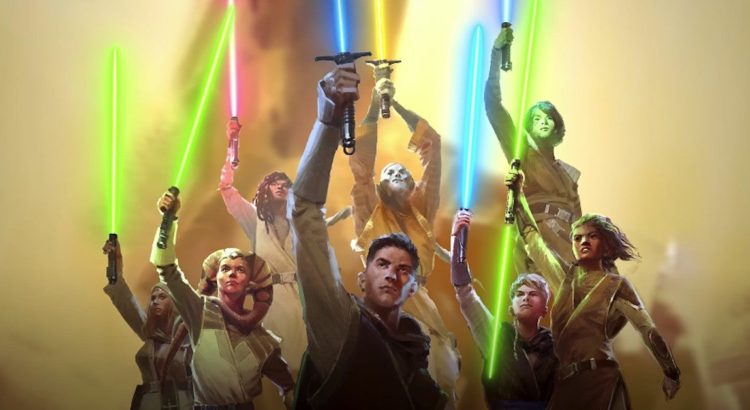While this site has a content tag named “Reviews” and articles are regularly added to it, I try not to publish actual book reviews here. There’s value in being able to present our immediate reactions to a new work—often but not always the same week it’s released, when interest is at its peak—and if you’re among the people who might specifically seek out those reactions, well, who am I to disappoint you?
But what I try to do here, rather than just jump at every sudden noise, is to always keep the big picture in mind. There are plenty of fans out there whose judgment is at least as good as ours and will gladly tell you whether a new book is good or not, so if we’re going to build an entire piece around one particular story the ideal is to discuss what it says about the franchise as a whole, or its real-life context, or where it falls in the history of stories like it, or the previous work of that author, or something beyond just “is it good?”
This goes extra for stories by authors who have already proven themselves to more or less know what they’re doing, which is where The High Republic comes in. Before we knew anything else about it, we knew it was being shaped and guided by Charles Soule, Claudia Gray, Justina Ireland, Daniel José Older, and Cavan Scott, and for me at least, that came with a certain degree of trust. So I’m not going to be reviewing any of the High Republic books that were released over the last couple months—Light of the Jedi by Soule, A Test of Courage by Ireland, and Into the Dark by Gray—because for my money those author credits speak for themselves. What I’d like to talk about here is, how well does this first wave of stories set itself apart from existing “Old Republic” content, and how might things develop from here?
To that end I’m going to revisit some of the creators’ own words over the last year and see how things are shaping up not on the books’ own terms (they’re good, if you were still wondering) but on how they stack up to those early promises and mission statements.
Read More